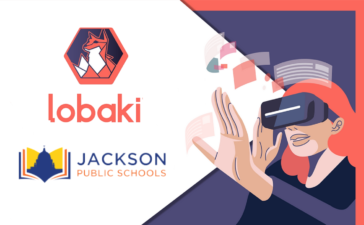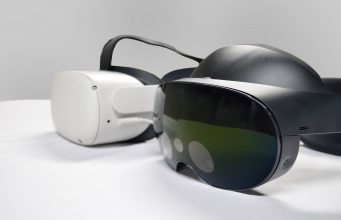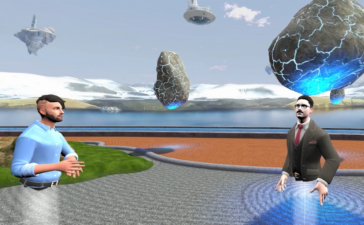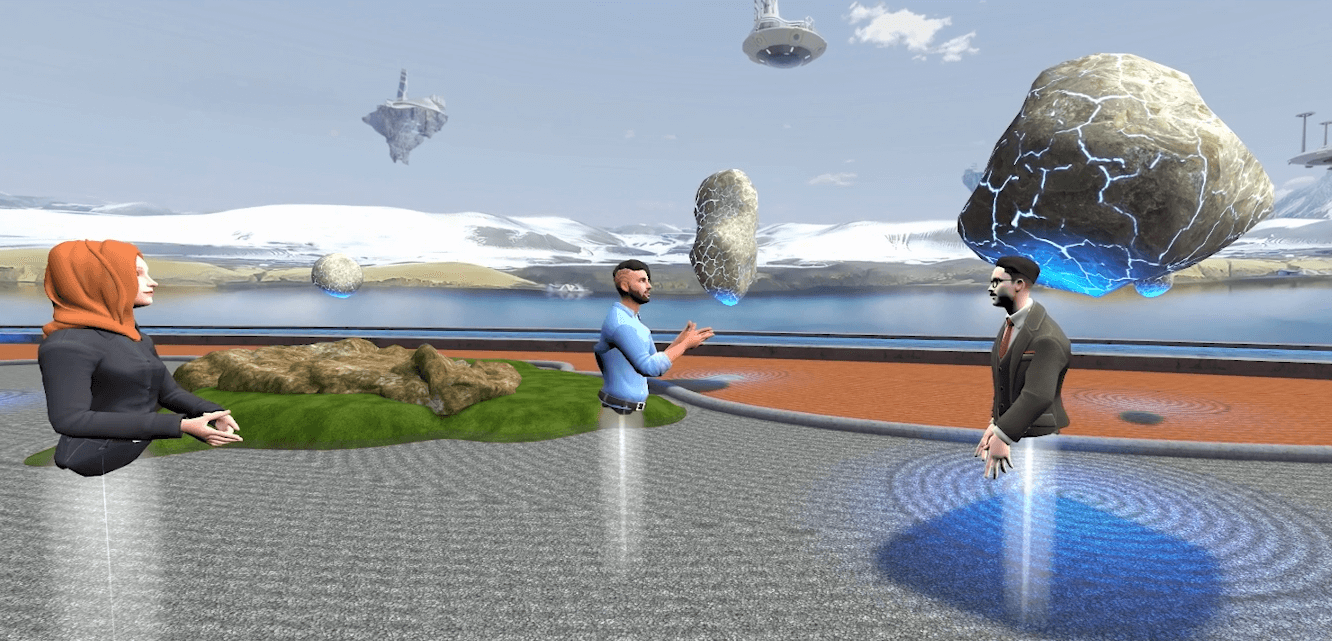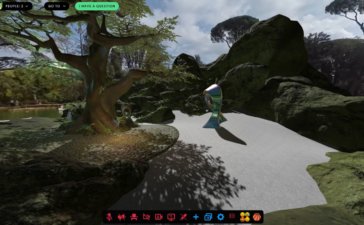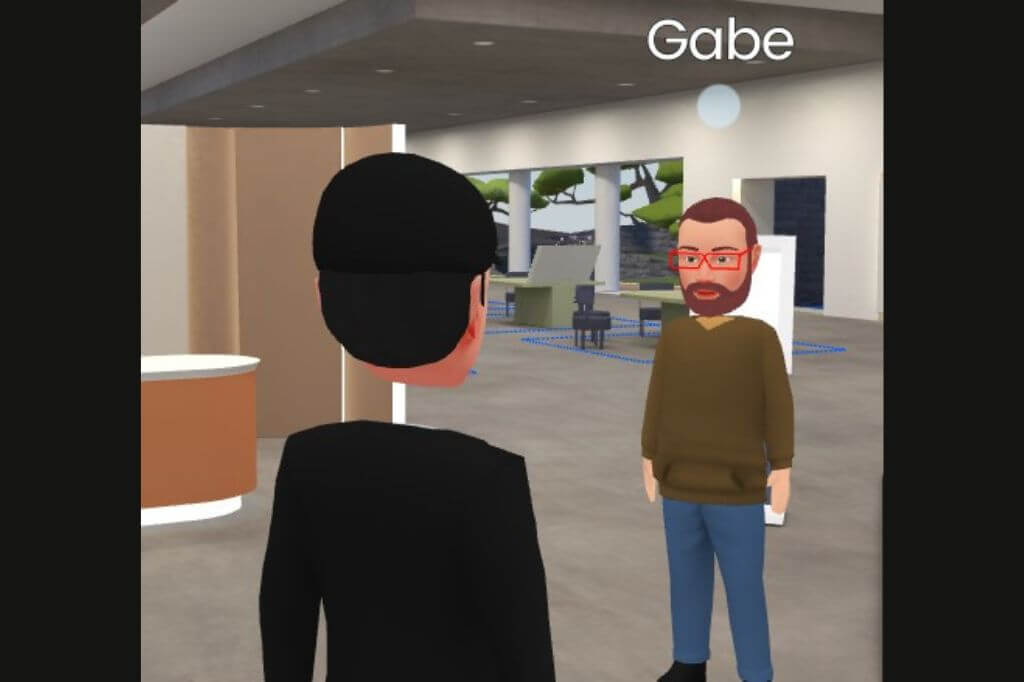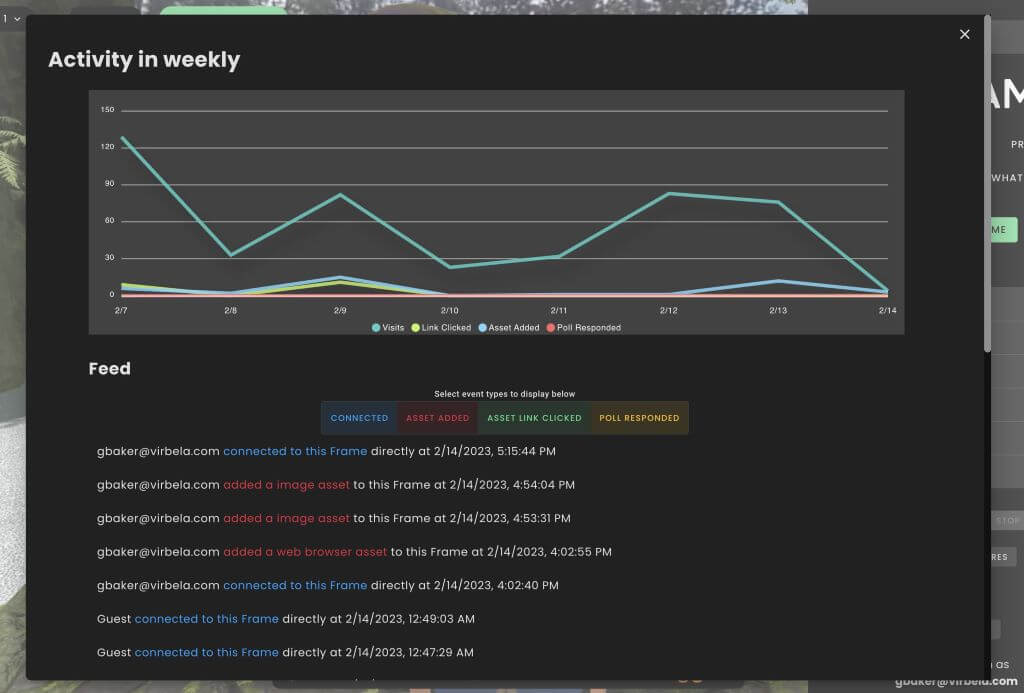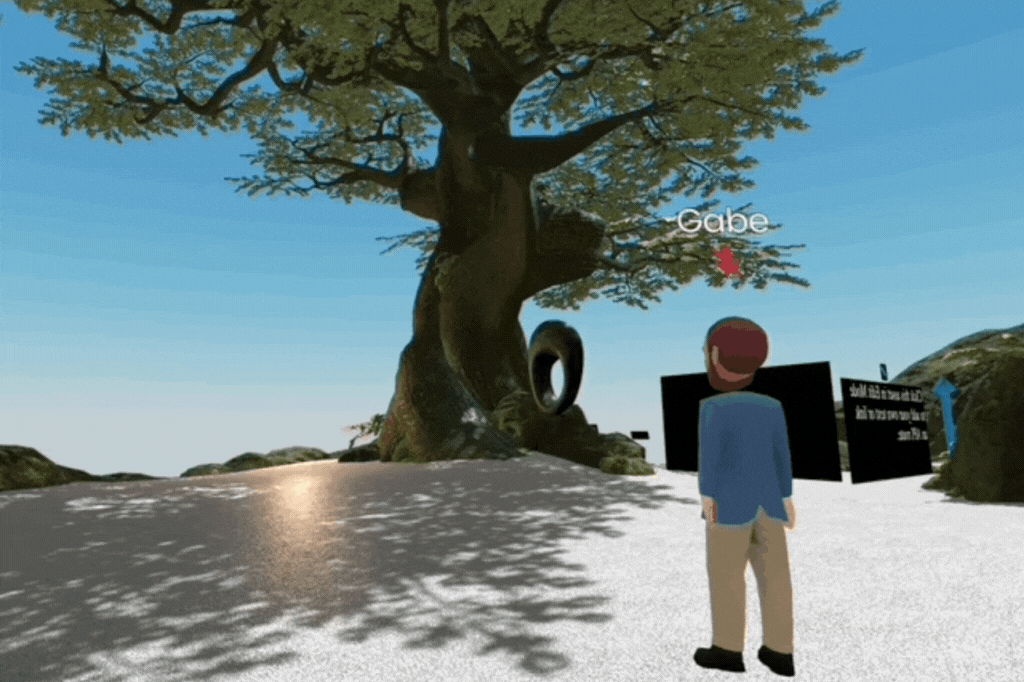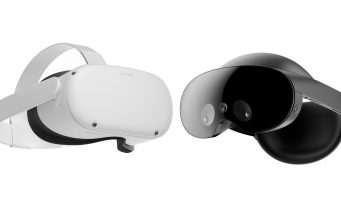Jackson Public Schools Implement Virtual Reality in the Classroom
Virtual reality in the classroom is one of the many uses of immersive technologies. And, wherever it is in use, it has proven to be a great success. The latest educational organization to adopt it is Jackson Public Schools in Mississippi.
The second-largest school district in the Magnolia State, comprising seven high schools, 10 middle schools, 31 elementary schools, and four special program schools, has recently announced that its students will now be able to learn using VR.
VR Learning Made Available to a Large Number of Students
Currently, Jackson Public Schools enrolls 80% of the children in the capital city of Mississippi. Thanks to the partnership with a local company specializing in developing VR solutions for the educational field, Lobaki, the school district’s 19,000 students will soon have access to virtual reality in the classroom.
This partnership resulted in the full equipment of the entire school system with the necessary hardware and applications. They will allow the students to enjoy an immersive and hands-on learning experience in every class – from history to biology.
Teachers Are Happy to Use Virtual Reality in the Classroom
Not only students, but teachers are also excited to use the modern tools made available through the multiyear partnership with Lobaki. During the COVID-19 lockdown, they had the opportunity to learn how to use remote learning solutions.
And virtual reality in the classroom is a way of bringing together the best of both worlds; real and virtual.
“We have been interested in using virtual reality in our schools for quite some time now, as we are always looking to improve the educational experience,” said Dr. Rajeeni Scott, the Executive Director of School Support for Jackson Public School District, in a press release shared with ARPost. “With the additional challenge of learning loss created by the COVID-19 pandemic, we knew it was time to implement this solution within our schools.”
The New Project Showcases the Practical Role of VR in Our Lives
Virtual reality is no longer just for fun, entertainment, and hi-tech industries. It is becoming a part of our lives, from the simplest to the most advanced levels. For Lobaki, virtual reality in the classroom is proof of the huge potential of this technology.
“As one of the oldest and largest school systems in the state of Mississippi, Jackson Public School District’s decision to implement virtual reality technology stands out as one of the largest implementations in the United States to date,” said the CEO of Lobaki, Amber Coeur.
Using VR headsets and immersive experiences created by Lobaki, students will be able to interact with for example Civil Rights leaders or explore the structures of the smallest cells in the animal and vegetal world.
As a local company based in Mississippi, Lobaki is the ideal partner for this type of long-term partnership with Jackson Public Schools.
“As Mississippi’s only owned and operated virtual reality content creation company, the level of support from installation to training is unmatched,” explained Scott “We know they aren’t going to drop off hardware and leave …they are our next-door neighbors and fellow Mississippians.”
Jackson Public Schools Implement Virtual Reality in the Classroom Read More »
